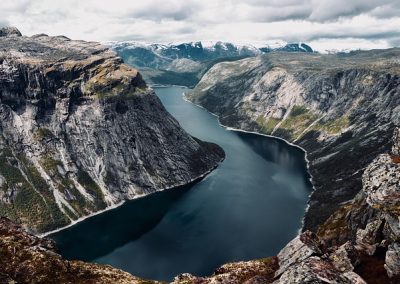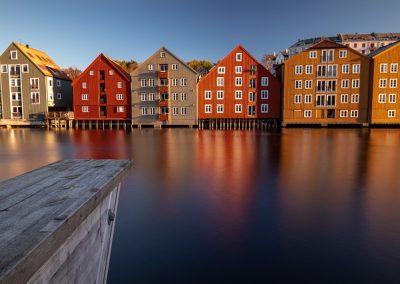Norway
(Kongeriket Norge (Kingdom of Norway))







Capital: Oslo
Population (Estimated July 2012): 4,707,270
Area: 385,179km2 or 148,718mi2
Currency: Norwegian Krone (Plural. Kroner; NOK)
Official Language: Norwegian and Sami
Political Information: Constitutional Monarchy and Parliamentary Democracy
Official Religion: Evangelical Lutheran
(approximately 85.7% of the population are Evangelical Lutheran (church of Norway), 4.4% have other Christian beliefs, 1.8% are Muslim and 8.1% have other religious beliefs)
Highest Mountain: Galdhopiggen at 2,469m or 8,100ft
Largest River:
Time Zone (GMT/UTC): +1:00
Wildlife:
Counties/Provinces/States: 19 counties (fylker, singular – fylke); Akershus, Aust-Agder, Buskerud, Finnmark, Hedmark, Hordaland, More og Romsdal, Nordland, Nord-Trondelag, Oppland, Oslo, Ostfold, Rogaland, Sogn og Fjordane, Sor-Trondelag, Telemark, Troms, Vest-Agder, Vestfold
Additional: On the 7th of June 1905 Norway declared its union with Sweden dissolved which was agreed by Sweden on the 26th of October that year.


























